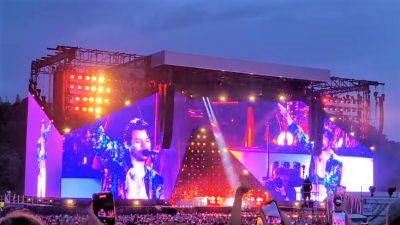What is DALL-E, and how does it work?
OpenAI created the ground-breaking generative artificial intelligence (AI) model known as DALL-E, which excels at creating distinctive, incredibly detailed visuals from textual descriptions. DALL-E, in contrast to conventional picture creation models, can produce original images in response to given text prompts, demonstrating its capacity to comprehend and transform verbal concepts into visual representations.
During training, DALL-E makes use of a sizable collection of text-image pairs. It learns to associate visual cues with the semantic meaning of text instructions. DALL-E creates an image from a sample of its learned probability distribution of images in response to a text prompt.
The model creates a visually consistent and contextually relevant image that corresponds with the supplied prompt by fusing the textual input with the latent space representation. As a result, DALL-E is able to produce a wide range of creative pictures from textual descriptions, pushing the limits of generative AI in the area of image synthesis.
The generative AI model DALL-E can produce incredibly detailed visuals from verbal descriptions. To attain this capability, it incorporates ideas from both language and image processing. Here is a description of how DALL-E works:
A sizable data set made up of pairs of photos and their related text descriptions is used to train DALL-E. The link between visual information and written representation is taught to the model using these image-text pairs.
DALL-E is built using an autoencoder architecture, which is made up of two primary parts: an encoder and a decoder. The encoder receives an image and reduces its dimensions to create a representation called latent space. The decoder then uses this
Read more on cointelegraph.com





















